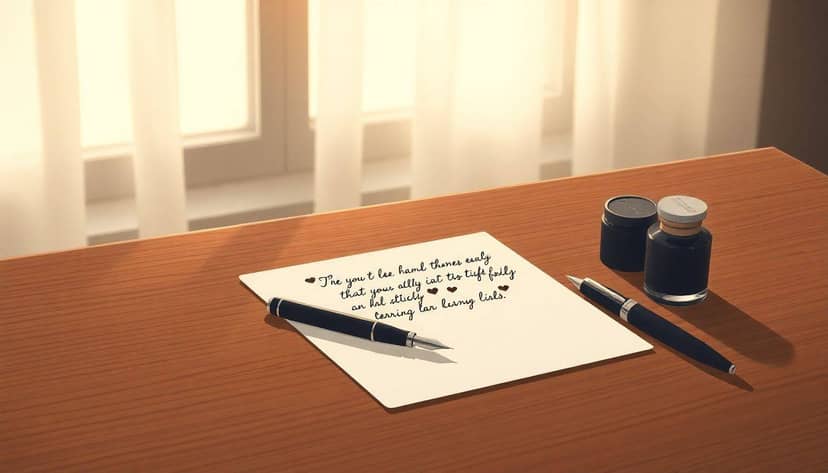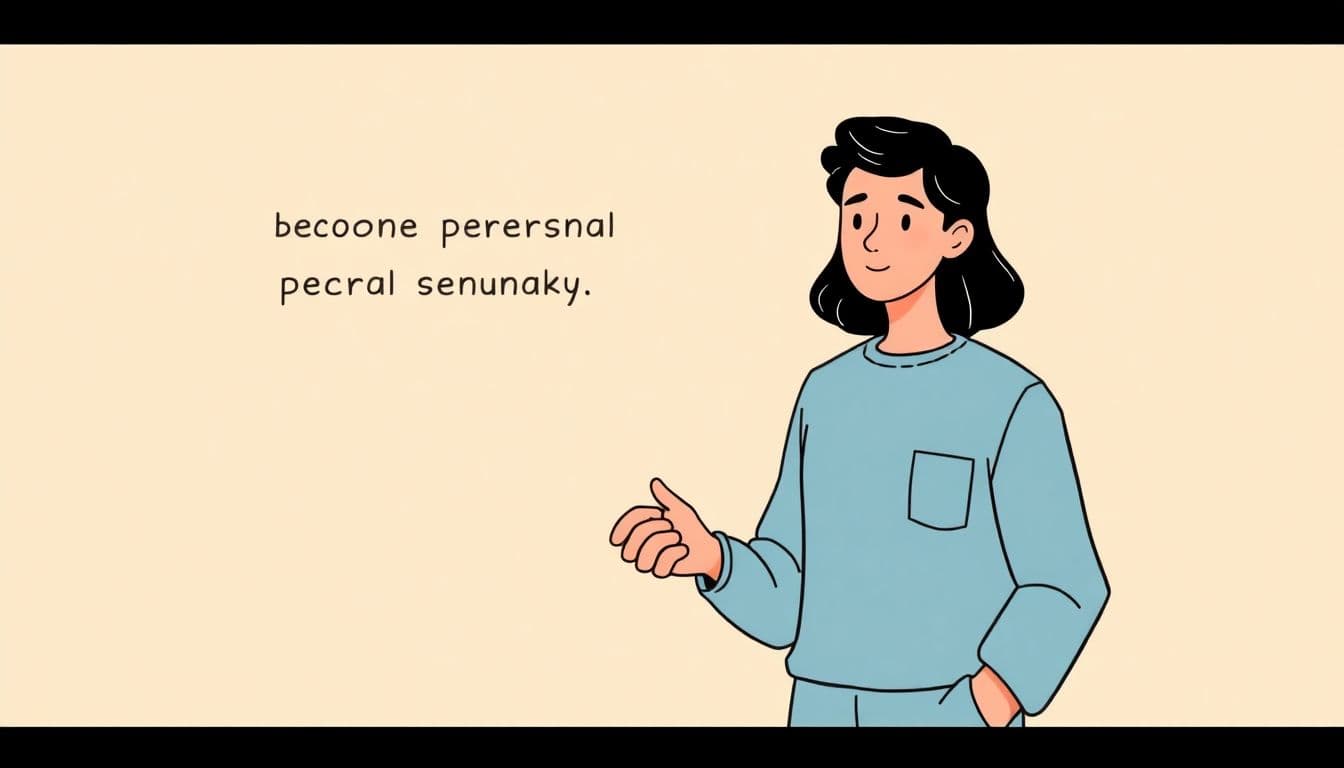Table of Contents
Let’s face it—we all mess up sometimes. Maybe you said something in the heat of the moment or forgot an important date, and now you’re feeling that knot in your stomach.
But hey, don’t beat yourself up! Writing an apology letter might just be the ticket to making things right. Trust me, we can get through this together.
Stick around, and I’ll show you how to pen an apology that could melt even the frostiest of hearts.
Key Takeaways
- Admit your mistake sincerely by saying “I’m sorry” without adding excuses.
- Take full responsibility for your actions without using “but” or justifications.
- Acknowledge how your actions affected the other person to show empathy.
- Offer a solution or make amends to demonstrate your commitment to fixing things.
- Ask for forgiveness and reassure them that you value the relationship.
- Keep your apology concise, sincere, and free of excuses.
- Choose the right way to deliver your apology, like a note, email, or face-to-face.
- Proofread your apology to ensure it’s thoughtful and error-free.

How to Write an Effective Apology Letter
Writing an effective apology letter starts with sincerity. Begin by acknowledging your mistake, express genuine remorse, and take full responsibility for your actions. It’s important to recognize how your behavior affected the other person and offer a plan to make amends. This approach helps rebuild trust and repair the relationship. If you’re looking to improve your writing skills, exploring various writing prompts can be a great way to practice. Understanding how to write in present tense can also make your apologies feel more immediate and heartfelt.
Step 1: Acknowledge Your Mistake and Apologize
First things first, admit that you messed up. Saying “I’m sorry” is a simple yet powerful way to start. For example, “I’m sorry for forgetting our meeting yesterday.” Avoid adding a “but” after your apology, as it can come off as an excuse and diminish its sincerity. Remember, nearly half of Americans admit their apologies are only sometimes or rarely sincere, so make yours count.
Step 2: Describe What Happened and Take Responsibility
Next, explain the situation without making excuses. Own up to your actions by saying something like, “I got caught up with a project and completely lost track of time, which was entirely my fault.” By taking full responsibility, you show that you’re self-aware and willing to make things right. This helps the other person understand that you recognize where you went wrong.

Step 3: Acknowledge the Impact of Your Actions
It’s important to recognize how your actions affected the other person. For example, you might say, “I realize that missing our meeting put extra stress on you and caused delays in your project.” By acknowledging the impact, you’re showing empathy and validating their feelings. This step can significantly help in repairing the relationship.
Remember, almost one in five Americans have lost a relationship because they didn’t apologize. So, taking the time to acknowledge the consequences of your actions can make a big difference. It shows that you’re not just sorry for what you did, but you understand how it affected them.
Step 4: Offer a Solution and Make Amends
After acknowledging the impact, the next step is to make things right. Offer a solution or suggest ways to prevent the mistake from happening again. For instance, “I’d like to reschedule our meeting at a time that works best for you, and I’ll set multiple reminders to ensure I don’t miss it again.”
Making amends shows that you’re committed to fixing the situation. In fact, 38% of Americans say an apology is easier to accept if it comes with a gift. While a gift isn’t always necessary, a thoughtful gesture can help mend fences. The key is to take proactive steps to demonstrate your commitment to change.
Step 5: Ask for Forgiveness and Provide Reassurance
Finally, ask for forgiveness and let them know you value the relationship. You might say, “I hope you can forgive me, and I want you to know that I truly value our partnership.” Providing reassurance helps rebuild trust and shows that you’re sincere about not repeating the mistake.
Since over one in three people find it hardest to apologize to their spouse or partner, it’s crucial to be open and honest in your communication. Let them know that you’ve learned from your mistake and are taking steps to ensure it doesn’t happen again.
Tips for Writing an Effective Apology Letter
Here are some additional tips to make your apology letter more effective:
- Be Sincere: Mean what you say, and avoid empty words. Nearly half of Americans admit their apologies are only sometimes or rarely sincere, so make yours count.
- Avoid Excuses: Don’t try to justify your actions. Adding a “but” after your apology can negate its sincerity.
- Use Clear Language: Phrases like “I was wrong” convey accountability and help the other person see that you’re taking responsibility.
- Keep It Concise: A lengthy apology can dilute your message. Stick to the point to ensure your sincerity shines through.
- Choose the Right Medium: Decide whether a handwritten note, email, or face-to-face conversation is the most appropriate way to apologize.
- Proofread: Ensure your letter is free of errors. Mistakes can make it seem less thoughtful. Consider using the best proofreading software to polish your apology.
If you’re struggling to find the right words, exploring some fall writing prompts or winter writing prompts might spark some inspiration.
Conclusion
Crafting an effective apology letter isn’t always easy, but it’s a meaningful way to show you care. By acknowledging your mistake, understanding its impact, offering a solution, and asking for forgiveness, you can repair relationships and rebuild trust. Remember, sincerity is key, and taking responsibility speaks volumes about your character. So, take a deep breath, be genuine, and put pen to paper—or fingers to keyboard—and make things right.
FAQs
An apology letter should be concise yet sincere. Aim for one to two well-organized paragraphs that clearly express your remorse and plan to make amends without overwhelming the reader.
Handwriting adds a personal touch and shows extra effort, but typing is acceptable if your handwriting is unclear. The key is sincerity and clarity in conveying your message.
Email is acceptable if timing or distance is a factor, but a personal or handwritten note is often more meaningful. Consider the situation and the recipient’s preferences when choosing the medium.
If your apology isn’t accepted, respect their feelings and give them space. Continue to show sincerity through your actions, and understand that rebuilding trust may take time.



